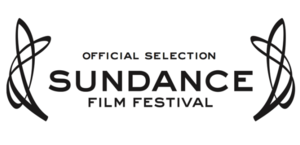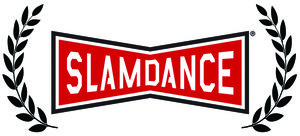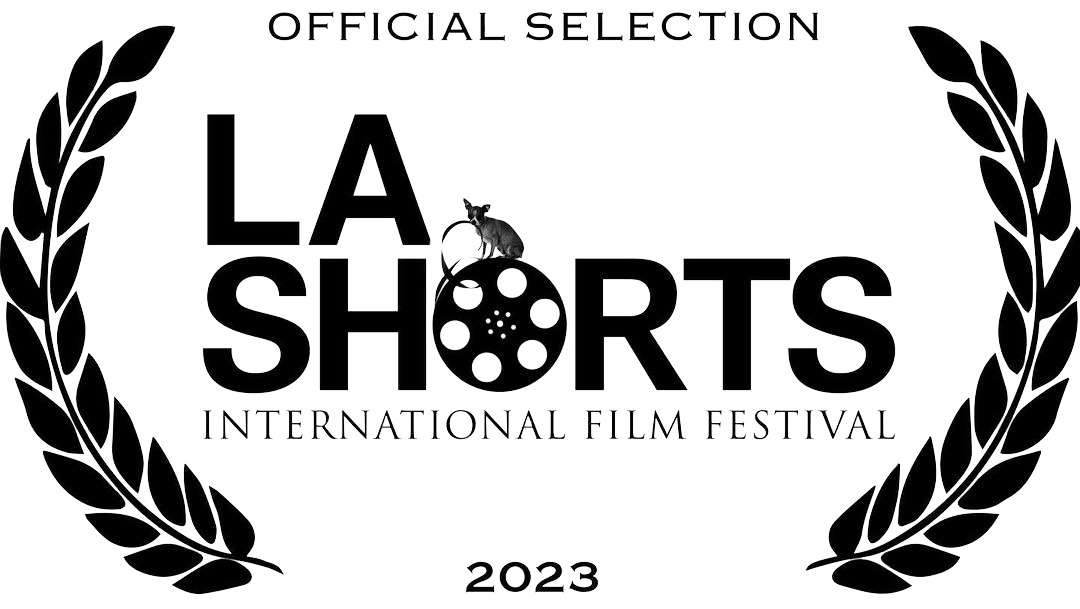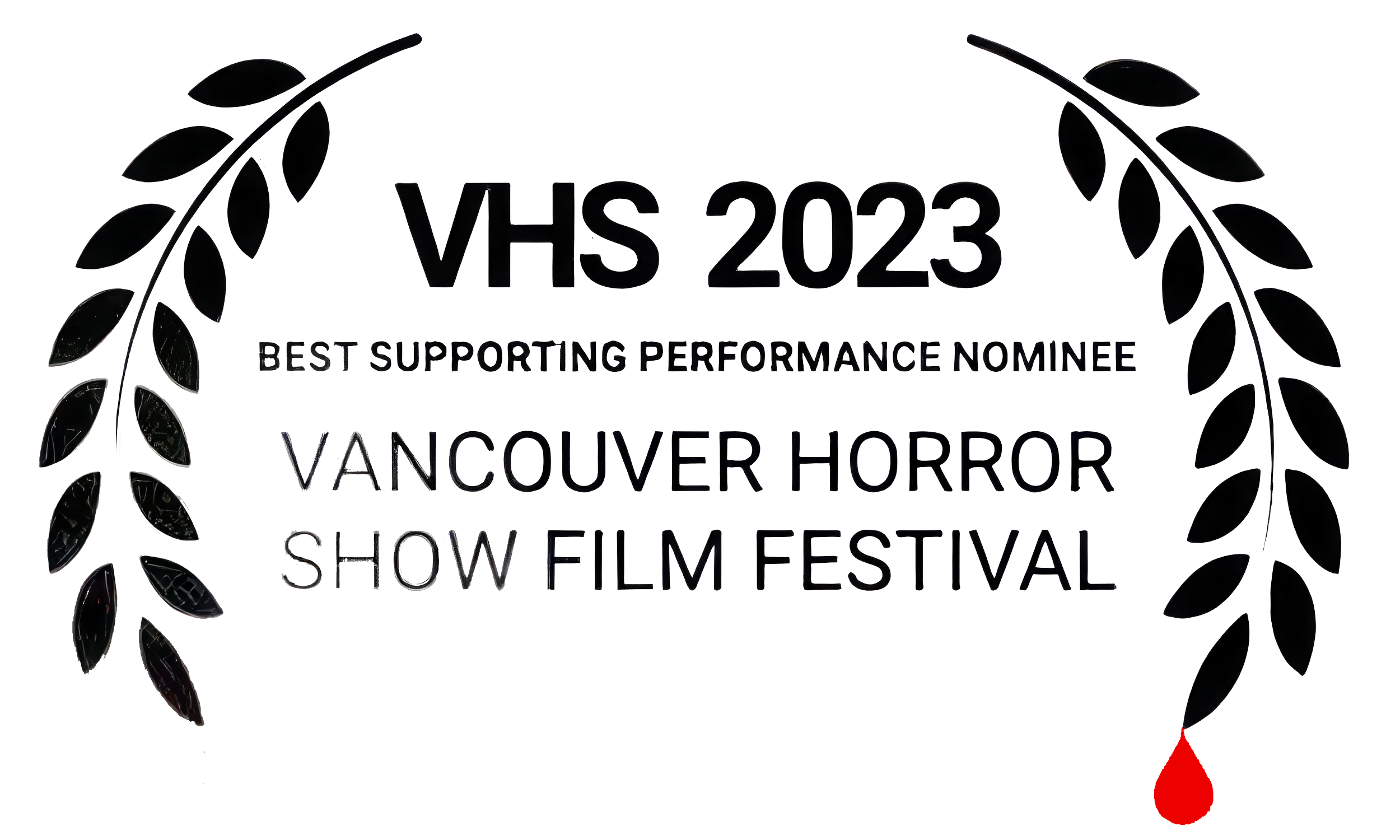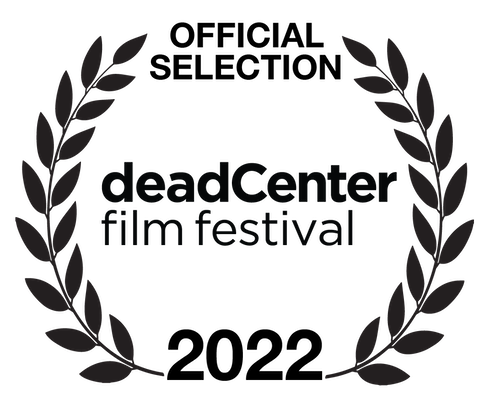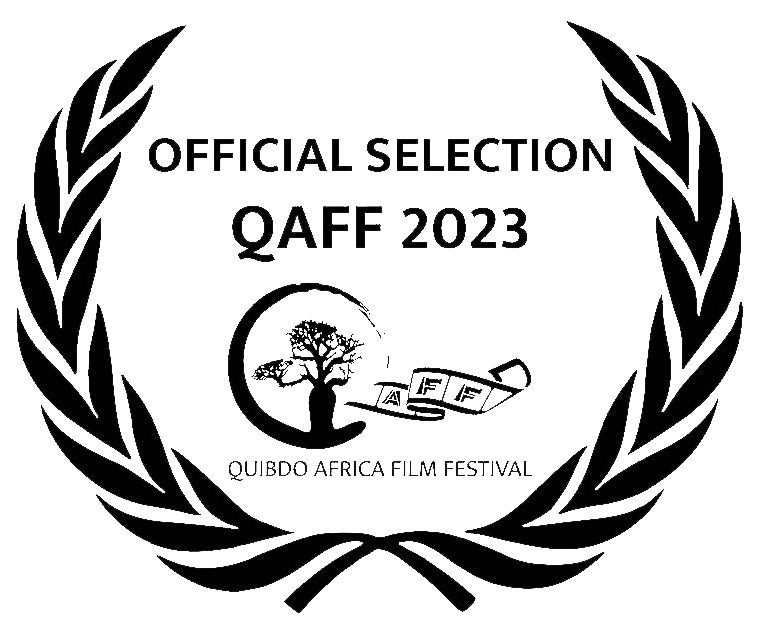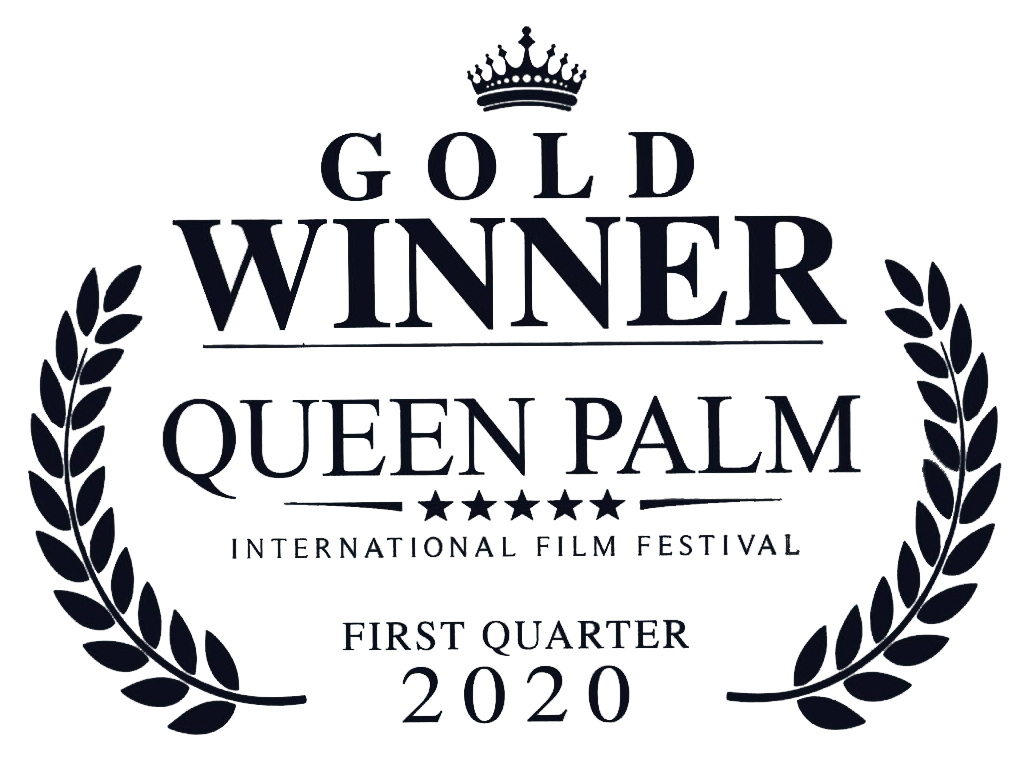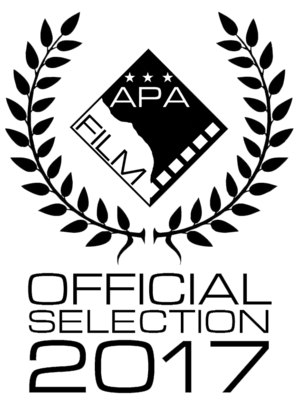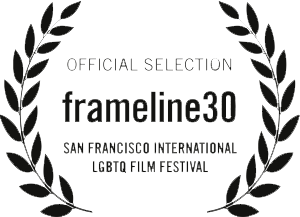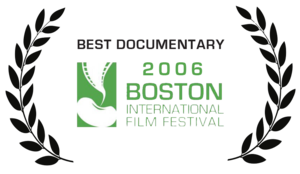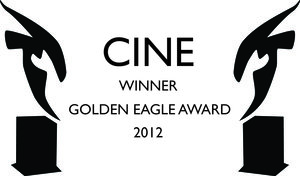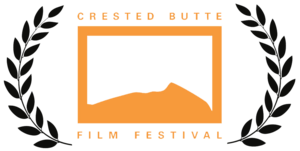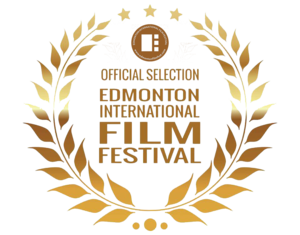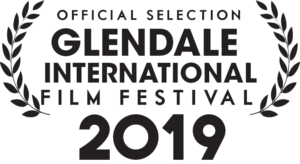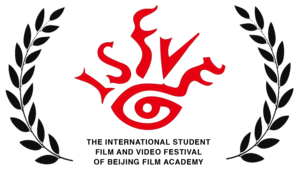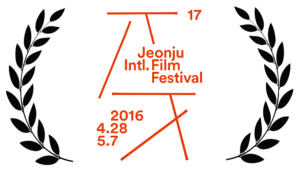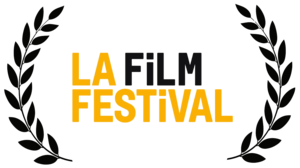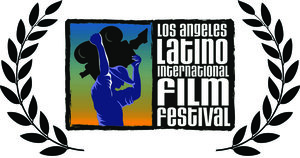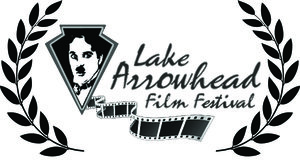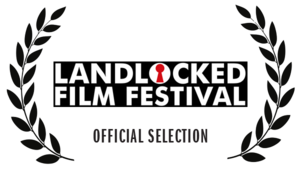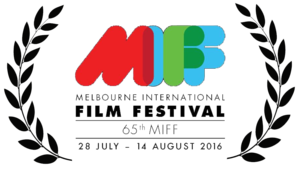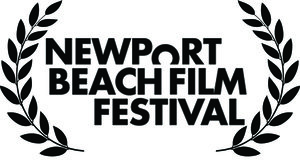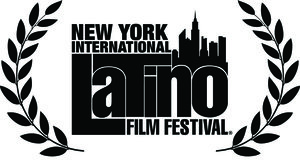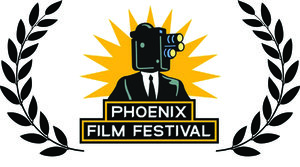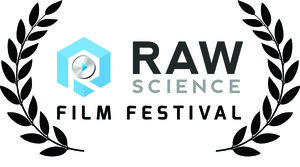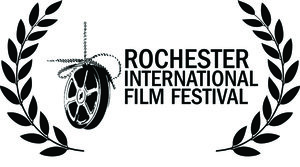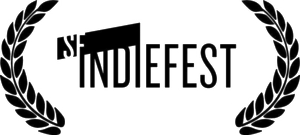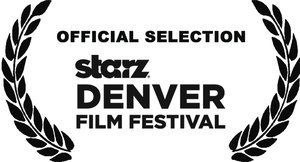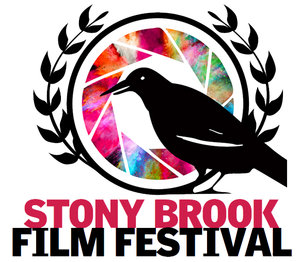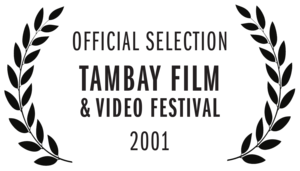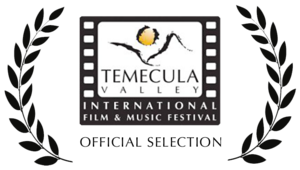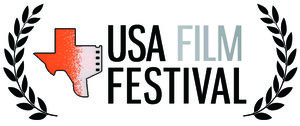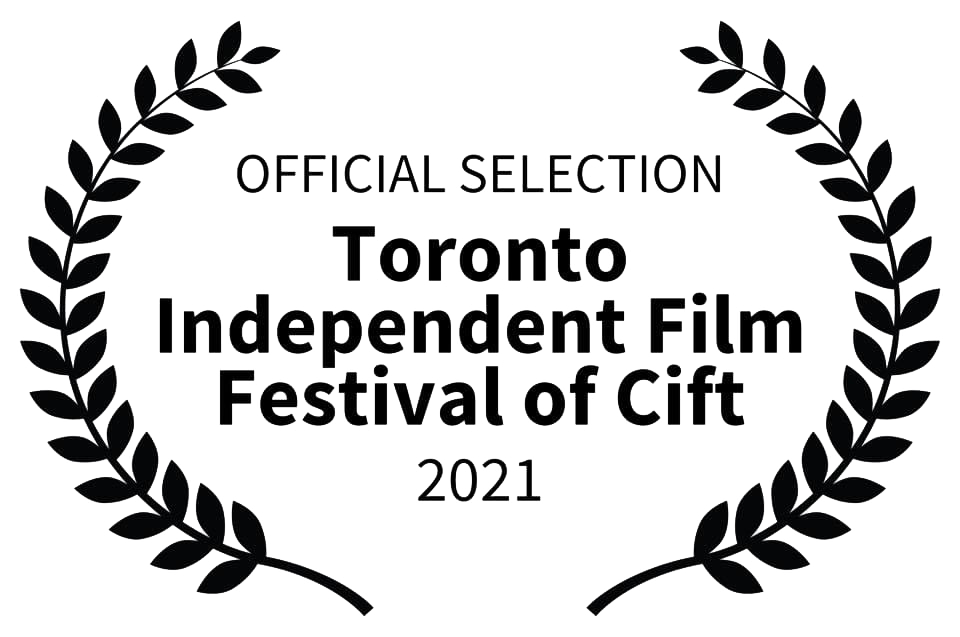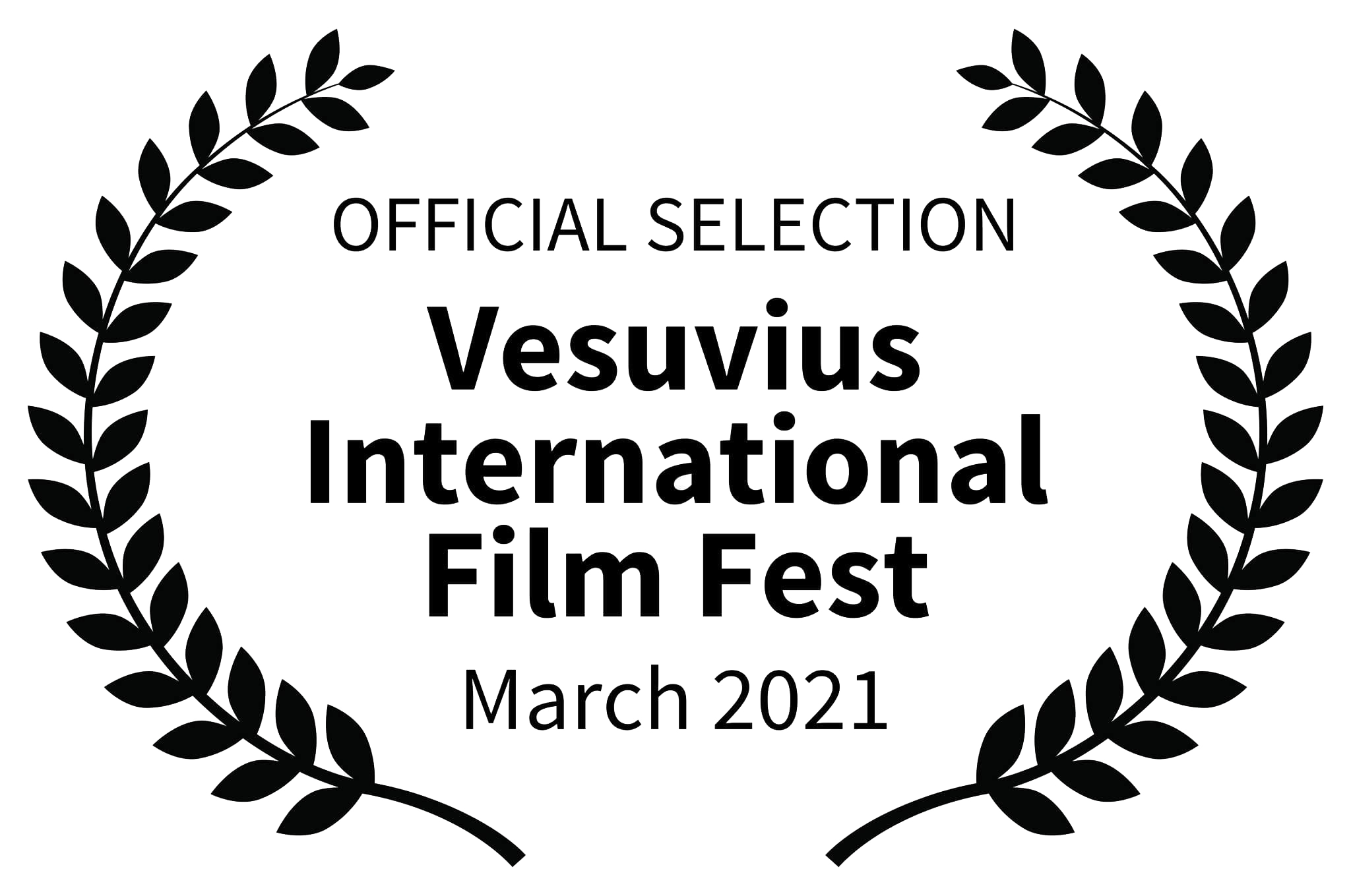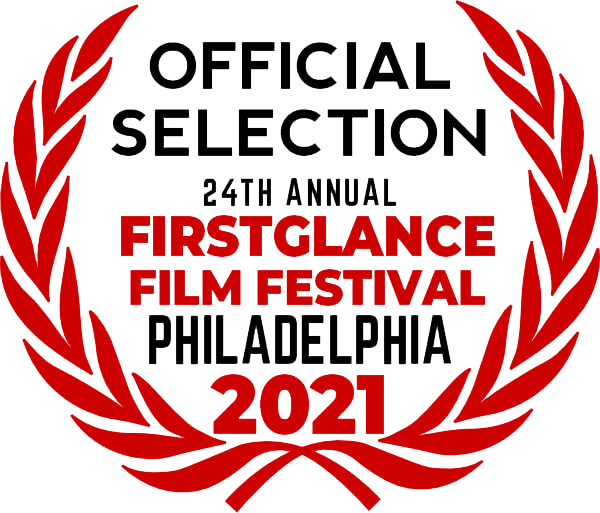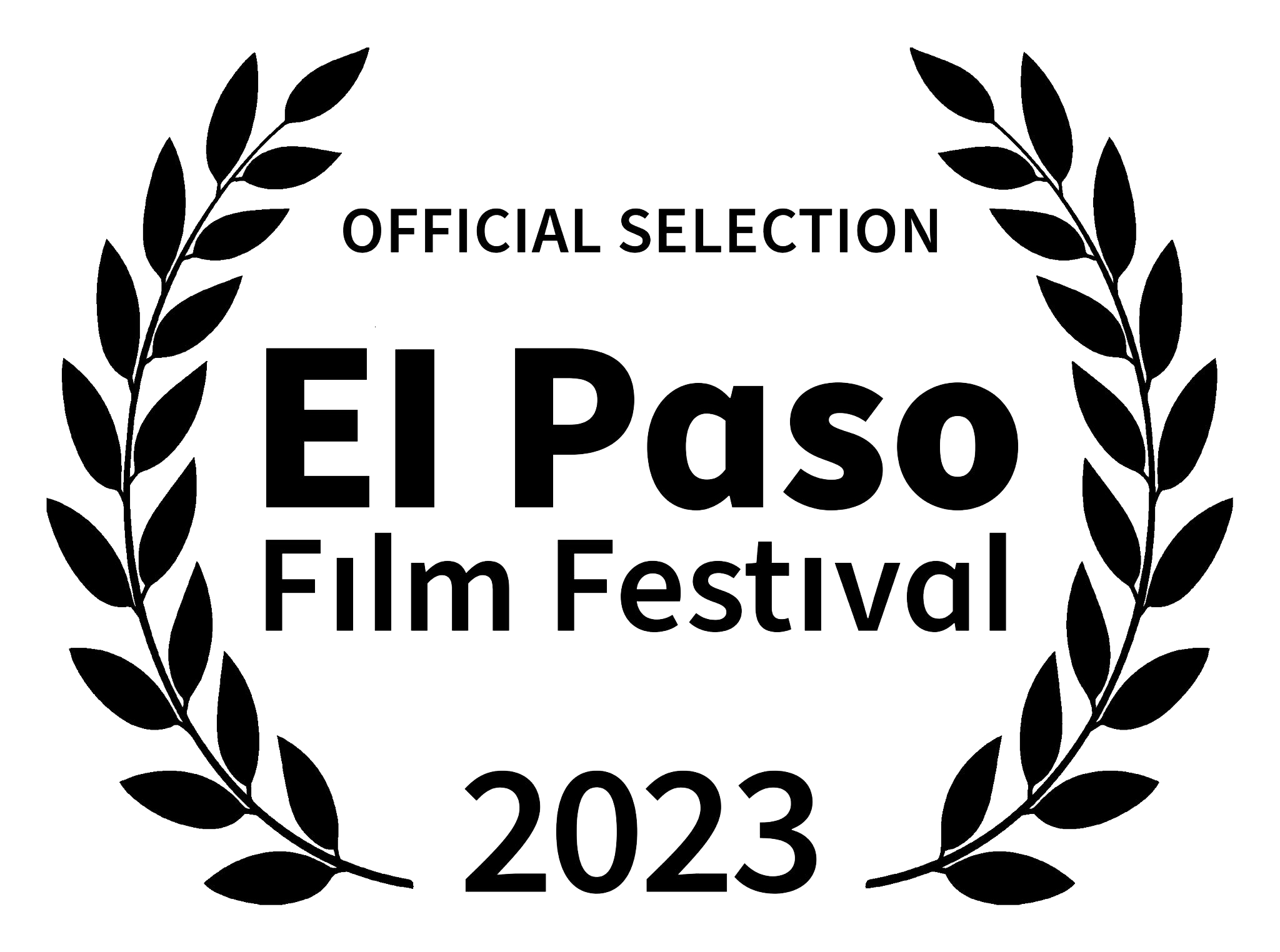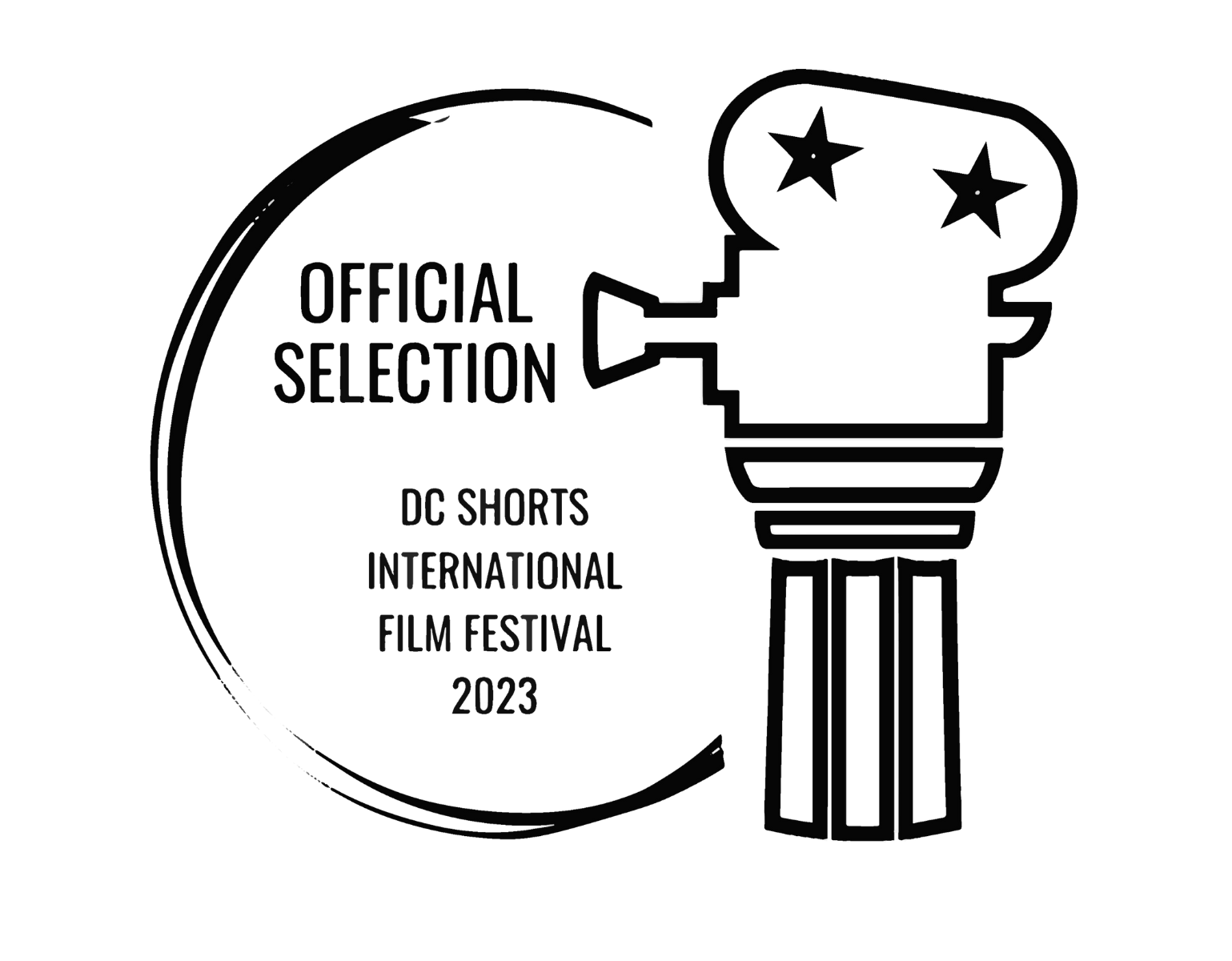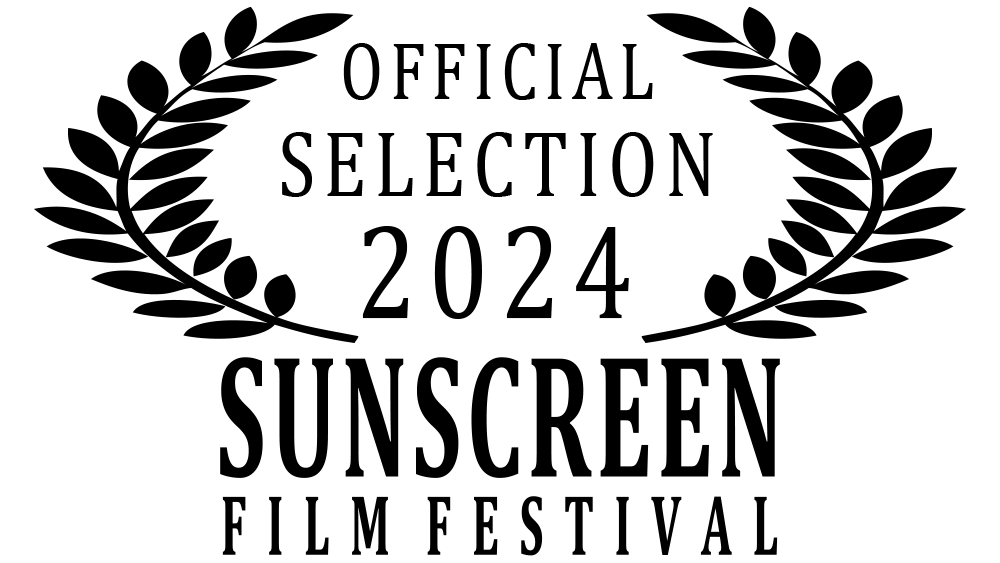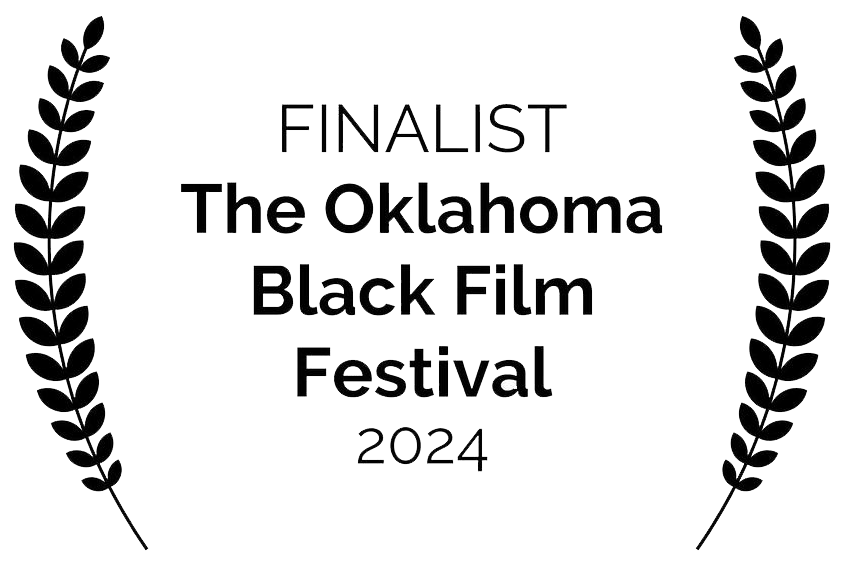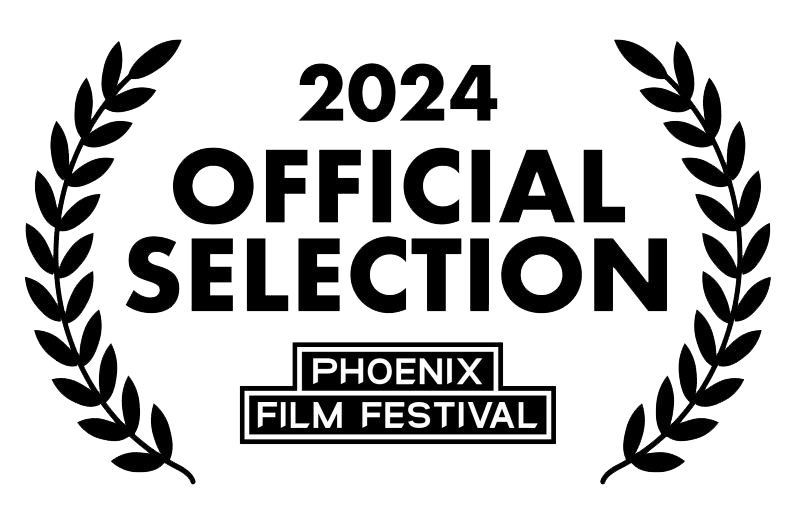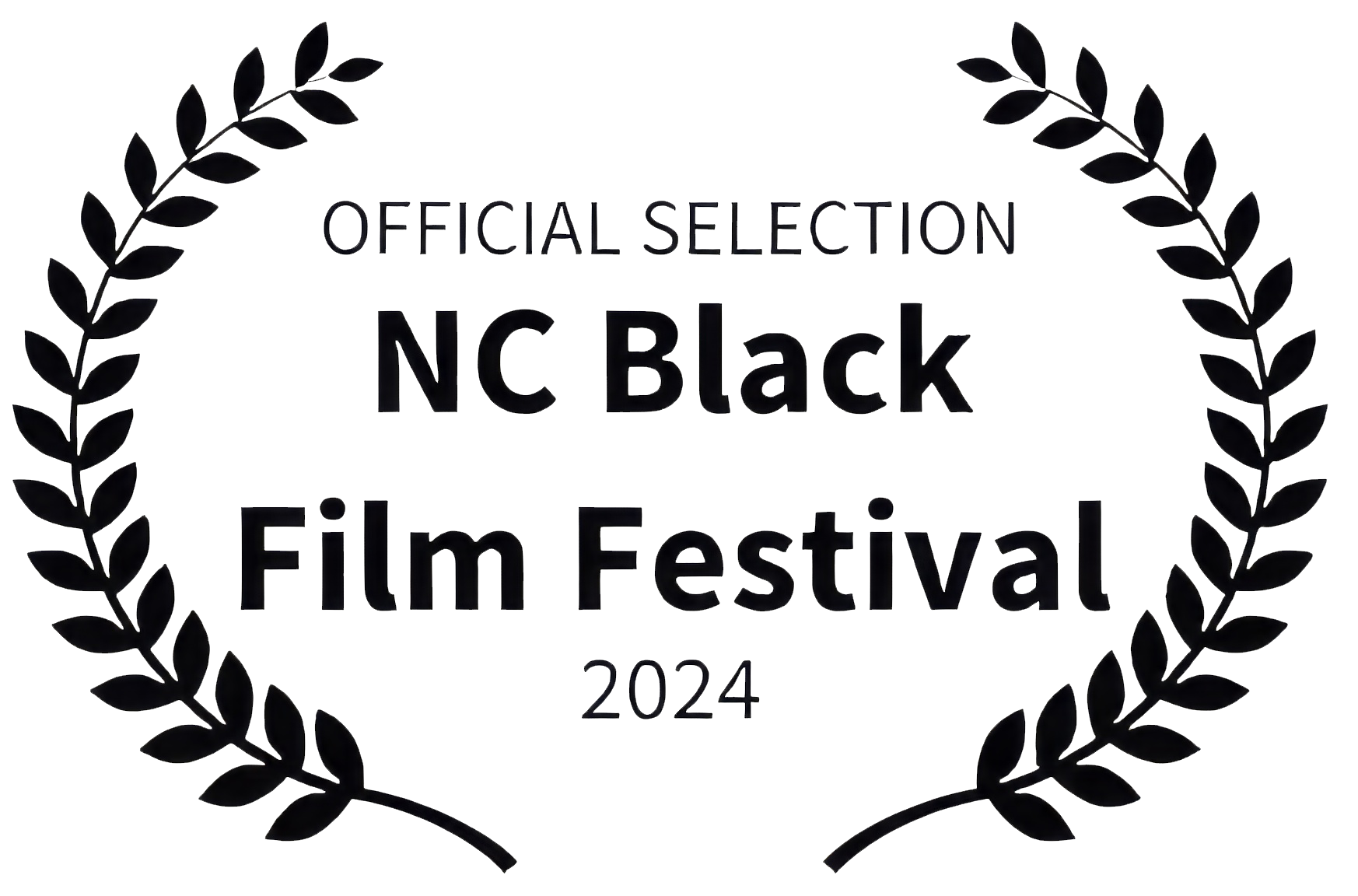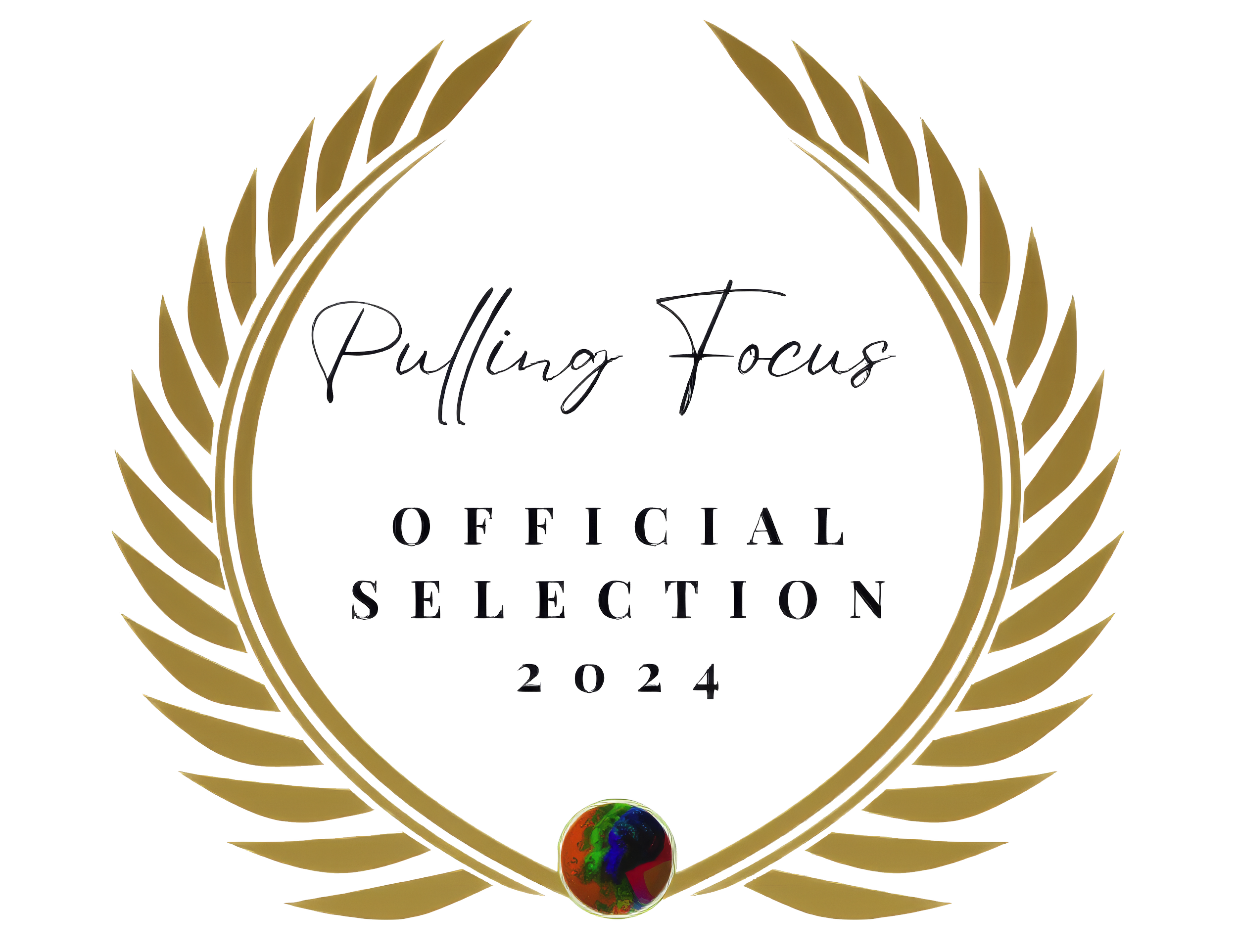TLAs
/Why do people have this love affair with jargon? Sure, it cuts a few precious syllables out of conversations… but air is cheap. So what gives?
I think it has to do with the feeling of being “in the loop”—that secure, clubby vibe that comes from knowing we’re among geeks of a similar stripe. TLAs and their ilk are like secret handshakes. They’re the modern-day shibboleths by which we identify our own.
So here are a few “secret handshakes” you’ll hear in the studio, in the editing bay and on the scoring stage.
ADR: Automated Dialog Recording (or Automatic Dialog Replacement, or one of any number of similar meanings—!). The exact meaning of the abbreviation, believe it or not, is a point of controversy in the Industry. What is agreed on is what ADR is: it’s the replacement (in post-production) of poorly recorded or performed bits of dialog or location sound. Also called looping.
AFM: A potentially confusing one. Composers will generally think of the American Federation of Musicians: the union for players, orchestrators, conductors, copyists… but not composers! For producers and directors, the American Film Market will leap to mind instead. This latter AFM is a major Industry conference, at which buyers acquire distribution rights for pictures (among other things).
ASCAP, BMI, SESAC: Only one of these is a true TLA (the other two are acronyms). All three are PROs (see below).
BAFTA: The British Academy of Film and Television Arts. The fish-and-chips version of the Oscar, and highly prized around the world.
DGA: Directors Guild of America. The union for film and television directors.
DP: Director of Photography (a.k.a. cinematographer). And, of course, Digital Performer.
DVD: An obsolete format, sure, but this one’s good to know for trivia night: the abbreviation originally stood for Digital Versatile Disc.
EDL: Edit Decision List. This is a file generated by computer-based video editing systems, containing information about all the cuts, fades, timecode locations, etc. that constitute the edit.
FCP: Final Cut Pro. Apple’s pro-level video-editing software.
IATSE: The International Alliance of Theatrical Stage Employees. The IATSE union represents a wide variety of people involved in the making of films: from set decorators to costumers, from grips to lighting to first aid.
IMDb: This one you know. Its importance in your overall online presence cannot be overstated.
M&E: Music and Effects. You’ll often hear this term used when a producer is talking about foreign versions of a particular picture—even though they may be dubbing (i.e., replacing) the dialog, they don’t want to re-do their entire project mix, so they’ll create a submix containing only the music and effects… hence, M&E.
MOS: Mit Out Sound. Here’s a wacky one for you. MOS derives from an old Hollywood tale about a German director asking for a scene to be shot “mit out sound,” and a snarky camera assistant who wrote M.O.S. on the slate. The name stuck. (Sound is, of course, added later.)
MPEG: Moving Picture Experts Group. Whence comes the eponymous video format.
NDA: Non-disclosure agreement. Depending on the type of show you’re working on, you might be asked to sign one of these confidentiality documents. You’re basically promising not to tell who wins the reality-show competition, which main character dies in the season finale, or any other privileged information. Penalties threatened by NDAs can run into the millions of dollars.
OMF: Open Media Framework. A data standard used by AVID editing systems, OMFs are typically used to transfer audio information from AVIDs to Pro Tools setups for mixing.
OMG: What you text your friends when you pick up a gig. If it’s a network series or studio picture, you may even get a OMWTFBBQ.
PGA: Here it’s nothing to do with golf—this is the Producers Guild of America. So maybe it is a little bit about golf… seeing as how a surprising number of movie deals get done on the links.
PRO: Performing Rights Organization. These are the fine folks who collect and distribute royalties to composers, songwriters, lyricists, etc. Of course, they do much more than that… but it is tough to read beyond the magic word: royalties.
SAG/AFTRA: Until 2012, these were two separate unions. Both represented performers—actors, primarily, but also singers. It’s important to know that last bit if you need vocalists for a project. More info can be found here.
SMPTE: Society of Motion Picture and Television Engineers. In our world this is usually shorthand for the timecode found on work prints, but the abbreviation refers to the organization that developed the standard.
SCL: The Society of Composers and Lyricists. As close to a guild as we composers seem to be able to have (but that’s a subject for another blog post—!).
TCWB: Time code window burn. The numbers at the bottom (usually) of the screen that give you and your filmmaking partners a way to discuss where exactly things are going to be happening in the score and in the picture. Strangely, composers often have to beg for a work copy that includes these.
UPM: Unit Production Manager. An executive responsible for the administration of a given film (particularly budgetary expenditures associated with the production phase of filmmaking—the UPM delivers the working budget, for example, to the financiers). UPMs are part of the DGA (see above) union.
VOD: Video on Demand. One of those delivery formats people seem to obsess over these days as much as content.
WGA: Writers Guild of America. The union for professional writers (particularly screenwriters). Two branches here: East and West. Unlike the music scene, no lethal rivalry is known to exist between WGAw and WGAe writers.
If you’d like more of these (and really, who wouldn’t?) check out these links:
Digital Rebellion’s Post Production Glossary
Marty Pollio’s Glossary of Cinematography Terms
Digital Video Glossary
John McGowan’s AVI Overview: Glossary



